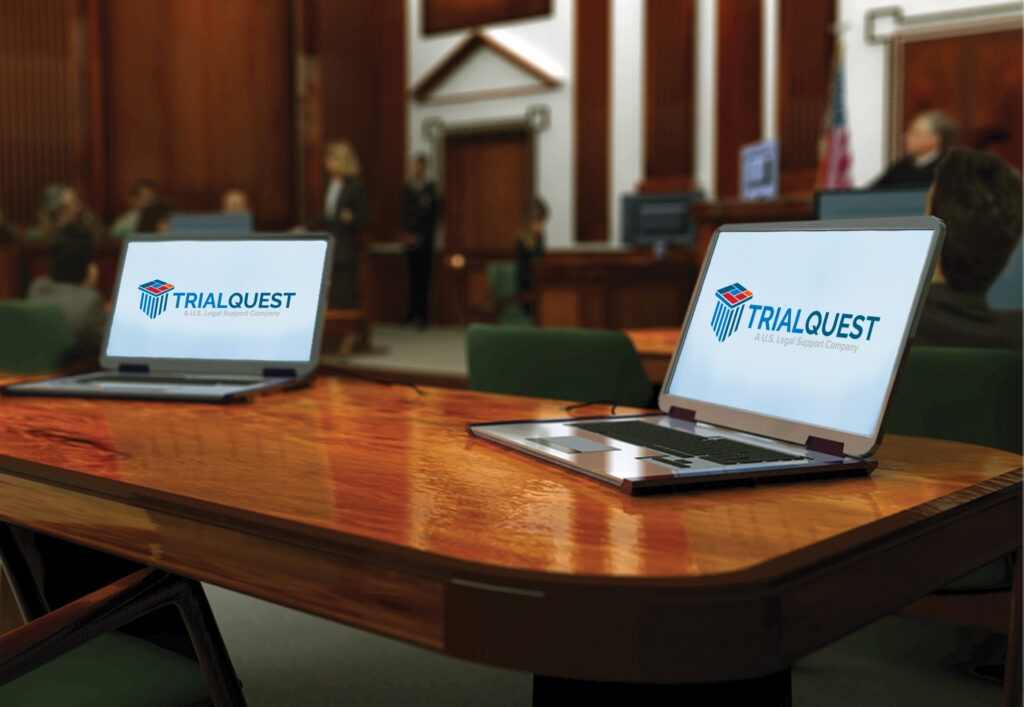Just How Test Presentations Enhance Your Argument and Encourage Jurors
Test presentations act as a pivotal device for enhancing legal debates and convincing jurors. By integrating aesthetic aids, narrative frameworks, and psychological engagement, attorneys can develop an engaging case that resonates on several degrees. The critical use visuals not only clarifies complex details however additionally records jurors' interest better than words alone. The art of storytelling plays a just as important duty in transforming valid evidence into an engaging story, shaping jurors' perceptions. Recognizing these aspects can substantially influence trial end results, raising the question of exactly how each element adds to this complex dynamic.

Significance of Visual Aids
Aesthetic help play a vital duty in enhancing the efficiency of trial discussions, as they can substantially enhance target market interaction and retention of information. In the context of a test, where jurors are tasked with handling complicated info, aesthetic aids offer to streamline and clear up key points. Charts, graphs, and photos can convey information and principles that might otherwise overwhelm or perplex jurors, permitting a much more simple understanding of the evidence offered.
In addition, visual aids help in maintaining juror focus throughout the process. By breaking the dullness of verbal testimony, these devices can stress critical arguments, making them more memorable. Efficient visual aids can additionally stimulate psychological actions, which can be crucial in convincing jurors to align with the speaker's story.

Crafting Compelling Stories
An engaging story is crucial in test presentations, as it acts as the backbone of effective persuasion. It allows lawyers to weave together realities, evidence, and psychological components right into a systematic tale that resonates with jurors. This narrative framework makes it possible for jurors to understand the complexities of the instance while guiding them via the attorney's debate.
To craft an engaging narrative, attorneys must focus on clearness and coherence. This includes establishing a clear lead character-- commonly the client-- and outlining their journey via the events concerned. Offering the facts in a rational series boosts understanding and maintains engagement. In addition, using vivid descriptions can create psychological images that aid jurors visualize the events, making the narrative more memorable.
Furthermore, incorporating essential motifs throughout the discussion strengthens the core message and aids in retention - trial presentations. The narrative needs to not only convey details however also stimulate a sense of justice, highlighting the risks entailed. Inevitably, a sound story fosters a link in between the jurors and the instance, placing the lawyer's debate as both trustworthy and compelling, thereby boosting the chance of a beneficial verdict

Engaging the Jury Psychologically
Effective jury involvement depends upon the lawyer's capacity to get in touch with jurors on a psychological degree. This connection can significantly influence jurors' understandings and their supreme decision-making. Utilizing psychological charms allows lawyers to humanize the situation, transforming abstract lawful principles into relatable experiences. By presenting real-life stories or endorsements, attorneys can stimulate empathy and empathy, cultivating a much deeper understanding of the concerns at stake.
Visual help, such as photos or video clips, can even more improve emotional involvement, offering jurors with vivid depictions of the case's human aspects. Crafting a story that highlights the struggles and victories of the people entailed ensures that jurors see past the lawful disagreements and recognize the human repercussions of their decisions.
A lawyer's enthusiastic delivery can resonate with jurors, enhancing their psychological investment in the instance. It's essential to stabilize psychological allures with valid evidence, making sure that jurors really feel urged to act while remaining based in the fact.
Structuring Your Presentation

The body of the discussion need to be realistically fractional right into vital points, each supported by engaging evidence. It is valuable to utilize narration weblink techniques to weave truths right into a story that jurors can quickly adhere to. Visual aids, such as graphes and video clips, can enhance comprehension and engagement, assisting to highlight crucial pieces of evidence.
Real-World Study
Examining real-world instance studies offers very useful understandings right into the art of trial presentations and persuasion. For instance, the site case of "O.J. Simpson v. The People of California" illustrates just how visual aids and compelling stories can guide jury understandings. The protection team successfully used an approach that integrated high-profile professional testaments with multimedia presentations, which mesmerized jurors and inevitably affected their choice.
One more remarkable instance is the "McDonald's Coffee Instance," where the complainant's attorneys utilized graphic photos of the injuries sustained by Stella Liebeck. trial presentations. This stark aesthetic proof played a crucial role in sharing the severity of her burns, causing a significant jury award. Such instances show try this website that impactful trial discussions frequently rest on the effective combination of visuals and narration to stimulate psychological feedbacks from jurors
Additionally, the "Casey Anthony Trial" highlighted the relevance of narrative coherence and credibility. The prosecution's failing to develop an engaging timeline decreased their influential power, underscoring the need of a well-structured presentation. Evaluating these cases reveals that effective trial presentations require tactical planning, emotional interaction, and the capability to resonate with jurors' values and ideas.
Final Thought
Test discussions dramatically improve arguments and persuade jurors with the calculated usage of aesthetic aids, engaging stories, and emotional interaction. A well-structured presentation balances psychological allures with accurate evidence, ultimately reverberating with jurors' values.